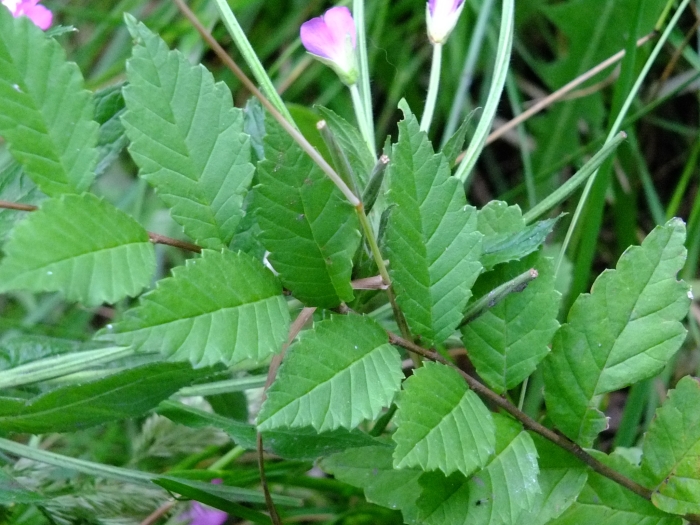Siberian Elm
(Ulmus pumila)
Siberian Elm (Ulmus pumila)
/
/

Älven
Public Domain
Image By:
Älven
Recorded By:
Copyright:
Public Domain
Copyright Notice:
Photo by: Älven | License Type: Public Domain | License URL: http://creativecommons.org/publicdomain/zero/1.0/ | Rights Holder: Älven | Publisher: iNaturalist | Date Created: 2020-07-29T19:41:30-07:00 |



















































Estimated Native Range
Summary
Ulmus pumila, commonly known as Siberian Elm, is a deciduous tree or shrub native to various regions in Central and East Asia, including semi-arid regions, plains, and hills. It is often found in disturbed areas which contributes to its reputation as a hardy pioneer species. Siberian Elm typically grows to 25 meters tall with a bushy habit. The bark is dark gray and fissured, and the tree produces inconspicuous wind-pollinated flowers in early spring before the leaves emerge. Each flower is small, with a green calyx, multiple stamens, and a green pistil. Siberian Elm is unique among elms in its ability to self-pollinate.
Despite its poor reputation as an ornamental due to brittle wood and poor crown shape, Siberian Elm has been used for its rapid growth and shade provision. It was widely planted in the US during the 1950s as a hedging alternative to privet. The tree is adaptable to a range of soil types and drainage conditions and prefers full sun. It is drought-tolerant once established, making it suitable for urban environments where other trees might struggle. However, its invasive potential should be considered before planting, as it can spread aggressively outside its native range.CC BY-SA 4.0
Despite its poor reputation as an ornamental due to brittle wood and poor crown shape, Siberian Elm has been used for its rapid growth and shade provision. It was widely planted in the US during the 1950s as a hedging alternative to privet. The tree is adaptable to a range of soil types and drainage conditions and prefers full sun. It is drought-tolerant once established, making it suitable for urban environments where other trees might struggle. However, its invasive potential should be considered before planting, as it can spread aggressively outside its native range.CC BY-SA 4.0
Plant Description
- Plant Type: Tree
- Height: 50-70 feet
- Width: 40-70 feet
- Growth Rate: Rapid
- Flower Color: N/A
- Flowering Season: Spring
- Leaf Retention: Deciduous
Growth Requirements
- Sun: Full Sun
- Water: Medium
- Drainage: Fast, Medium, Slow
Common Uses
Bank Stabilization, Bee Garden, Bird Garden, Drought Tolerant, Salt Tolerant
Natural Habitat
Native to semi-arid regions, plains, hills, and disturbed areas in Central and East Asia
Other Names
Common Names: Dwarf Elm , Littleleaf Elm , Chinese Elm , Sibirische Ulme , Orme Chinois , Orme De Chine , Orme De Sibérie , Orme Nain De Chine , Olmo Siberiano , Turkestansk Alm
Scientific Names: Ulmus pumila , Ulmus microphylla , Ulmus turkestanica , Ulmus pinnato-ramosa , Ulmus campestris var. pumila , Ulmus humilis , Ulmus campestris f. pumila , Ulmus manshurica , Ulmus pumila f. tenuis , Ulmus pumila var. gracia
GBIF Accepted Name: Ulmus pumila L.